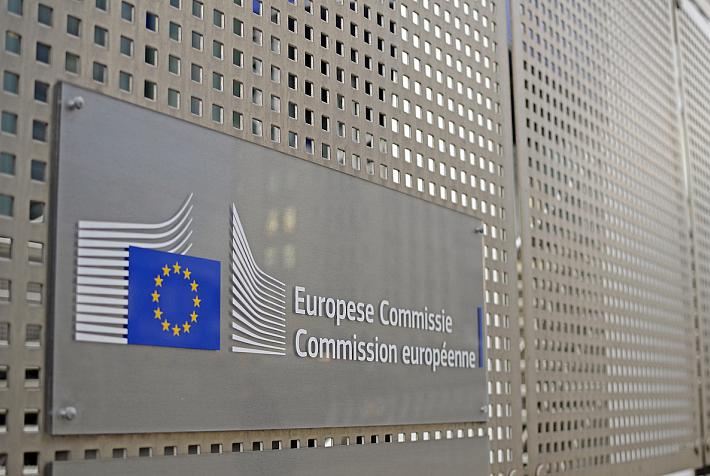Romania's shadow economy among the largest in Europe

Estimated at 29% of the official GDP, Romania's shadow economy is among the largest in Europe after those of Bulgaria (33.1%) and Croatia (29.7%), according to a study carried out by the Department for economic, scientific and quality of life policies, at the request of a committee from the European Parliament.
The report, quoted by Cursdeguvernare.ro, is signed by Professor Friedrich Schneider, one of the most important researchers of this phenomenon.
If in 2003, the underground economy in Romania amounted to 33.6% of GDP, in 2019, it had dropped to 26.9%. In 2020, the informal economy grew to 29.3%, falling marginally a year later.
For 2022, Schneider estimates that the level of the informal economy will remain slightly above 29% of GDP.
"The main drivers behind this growth as of 2020 are thought to be macroeconomic indicators such as the unemployment rate and GDP per capita. Huge public spending on infrastructure, subsidies to businesses and special transfers to individuals, which have led to a considerable increase in GDP, combined with a decrease in unemployment, are expected to help reduce the size of the underground economy in most European countries and OECD in the coming years", argue the authors of the study.
andrei@romania-insider.com
(Photo source: Antonyesse/Dreamstime.com)













